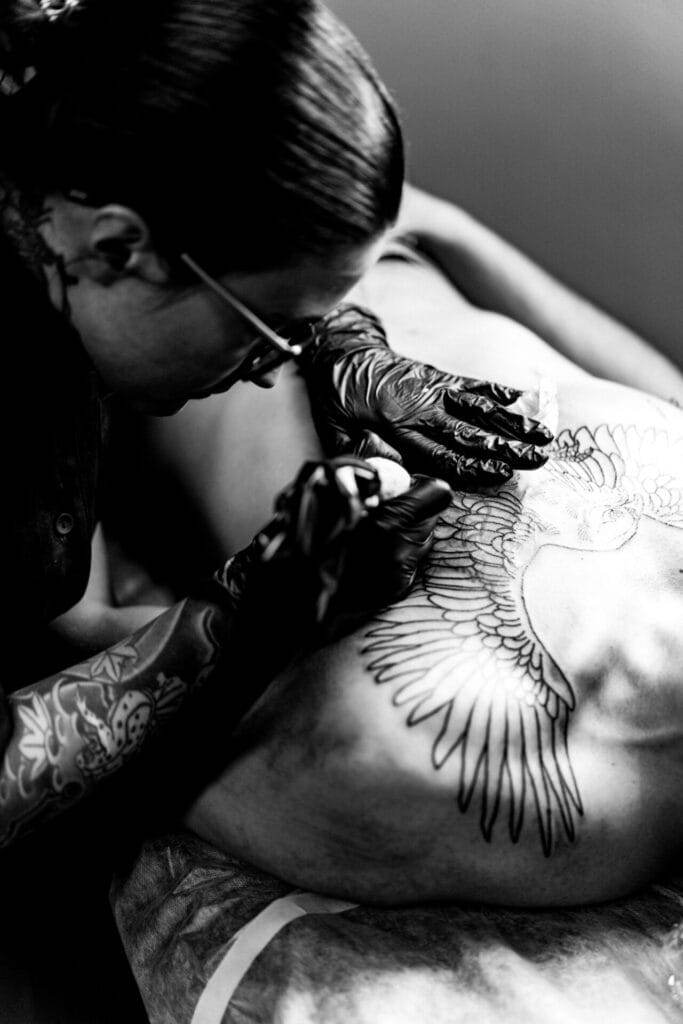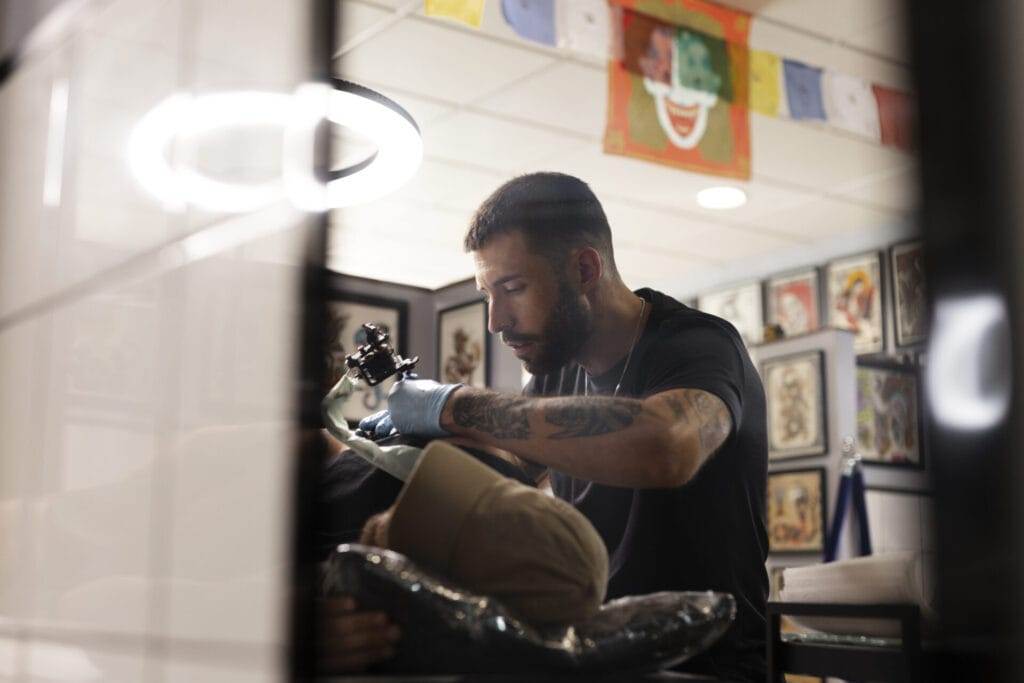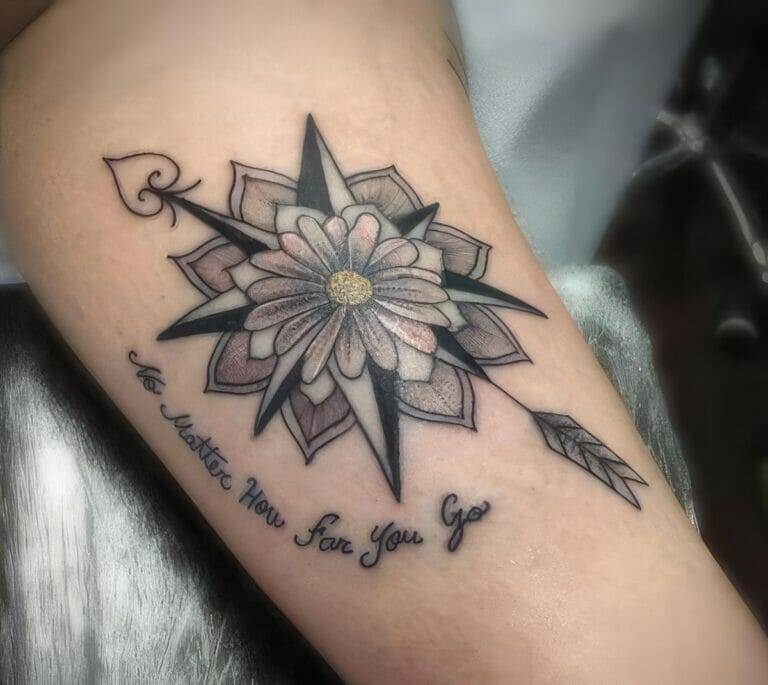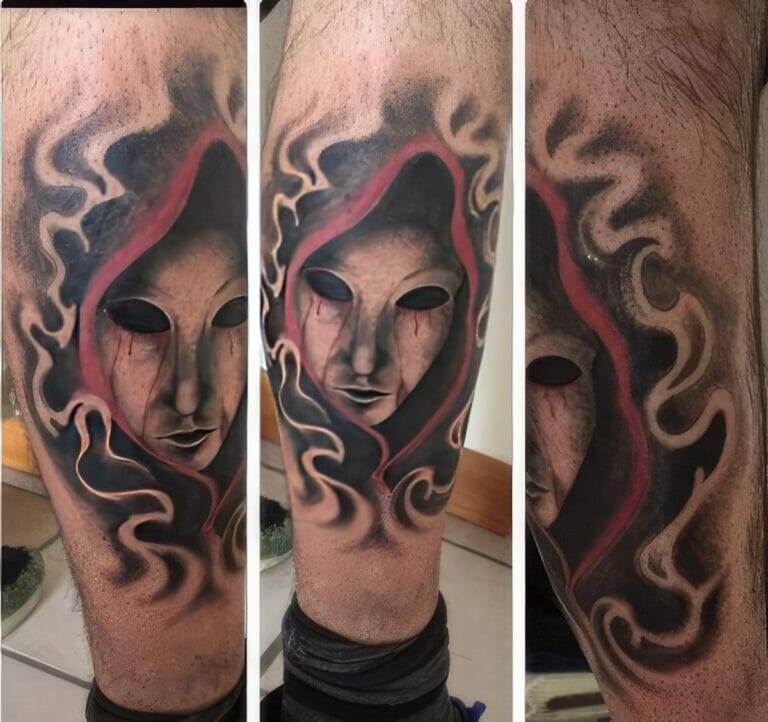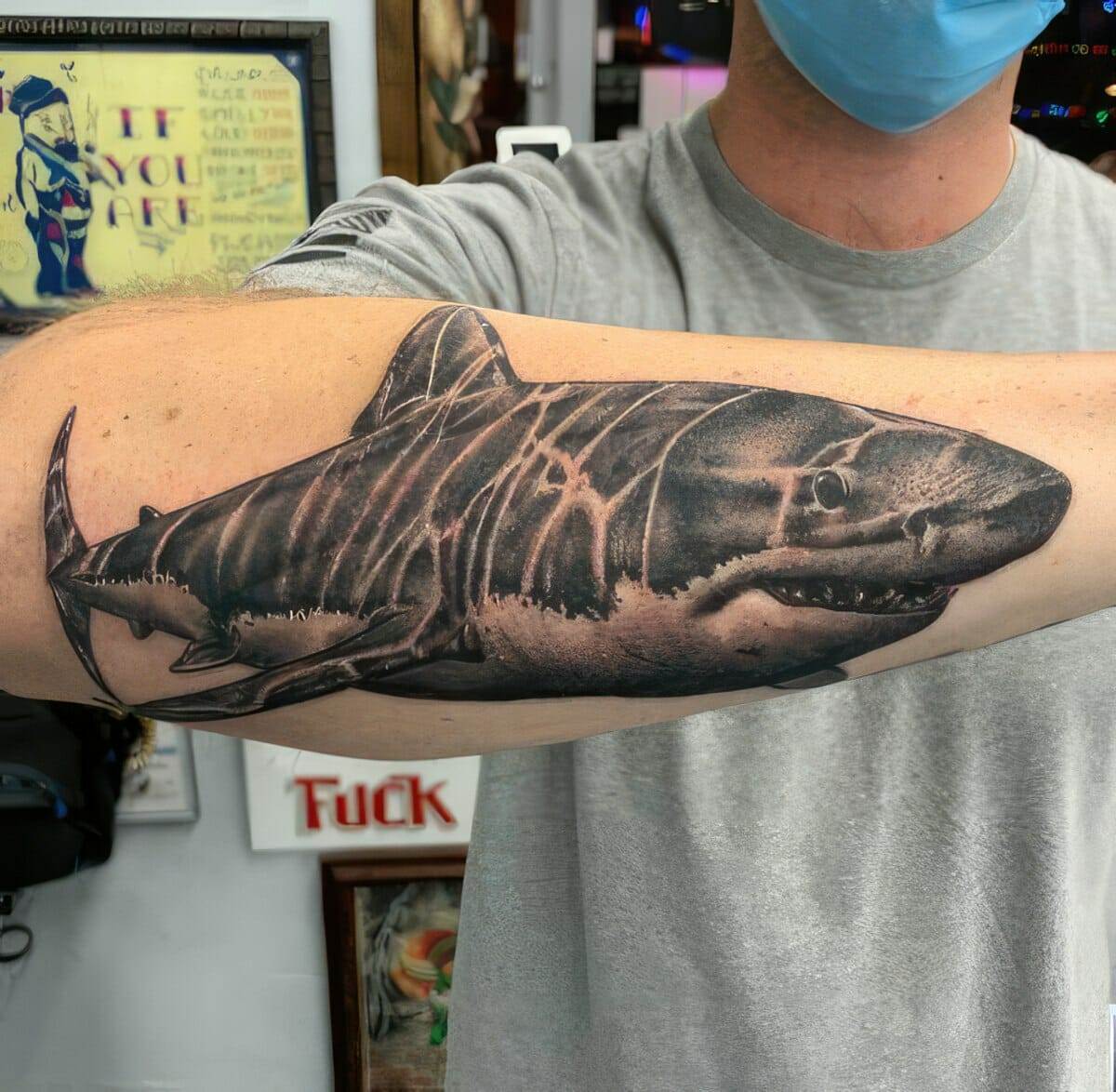
Tattooing has long been regarded as a form of self-expression and a creative outlet for dreamers. From ancient civilizations to modern society, tattoos have played a significant role in various cultures, serving as a means of personal storytelling and artistic expression. The art of tattooing allows individuals to turn their dreams and imagination into permanent works of art on their skin. This article will explore the history and cultural significance of tattoos, the process of turning dreams into tattoos, the power of symbolism in tattoo design, the role of the tattoo artist, tips for finding inspiration and creating a vision for your tattoo, the significance of personalized tattoos, the evolution of tattoo trends, the psychology and therapeutic benefits of tattoos, advancements in technology and innovation in the tattoo industry, and the transformational power of tattoos.
The Art of Tattooing: A Creative Outlet for Dreamers
Tattoos have been a part of human culture for thousands of years. From ancient Egypt to Polynesia, tattoos have held deep cultural and spiritual significance. In many cultures, tattoos were used to mark important life events, signify social status, or serve as a form of protection. Today, tattoos continue to be a powerful form of self-expression and a means for individuals to share their stories with the world.
In modern society, tattoos have become increasingly popular as a form of artistic expression. People from all walks of life are getting tattoos to commemorate important milestones, express their beliefs or values, or simply adorn their bodies with beautiful artwork. Tattoos have become a way for individuals to showcase their creativity and unique identity.
From Imagination to Ink: The Process of Turning Dreams into Tattoos
The process of turning dreams into tattoos involves several steps that require collaboration between the tattoo artist and client. It begins with an initial consultation where the client discusses their ideas and vision for the tattoo with the artist. The artist then takes these ideas and creates a design that captures the essence of the client’s vision.
Once the design is finalized, the tattoo artist will prepare the client’s skin by cleaning and shaving the area where the tattoo will be placed. They will then transfer the design onto the skin using a stencil or freehand technique. The actual tattooing process involves the use of a tattoo machine, which uses needles to inject ink into the skin. The artist will carefully follow the design, ensuring precision and attention to detail.
The Power of Symbolism: How Tattoos Can Represent Our Deepest Desires
Symbolism plays a significant role in tattoo design, allowing individuals to convey personal meaning and emotion through their tattoos. Different symbols hold different meanings, and individuals often choose symbols that resonate with their deepest desires or beliefs.
For example, a lotus flower tattoo may symbolize purity and enlightenment, while a compass tattoo may represent guidance and direction in life. A feather tattoo could symbolize freedom or spirituality, while a wolf tattoo may represent loyalty and strength. The possibilities are endless when it comes to choosing symbols for tattoos, and each person’s choice is unique to their own personal journey.
The Role of the Tattoo Artist: Bringing Your Dreams to Life on Skin
A great tattoo artist possesses a combination of creativity, technical proficiency, and communication skills. They have the ability to take a client’s vision and transform it into a beautiful piece of art on their skin. A skilled artist will listen carefully to their client’s ideas and provide guidance and suggestions based on their expertise.
Finding the right tattoo artist is crucial in bringing your tattoo vision to life. It is important to research different artists and view their portfolios to ensure that their style aligns with your vision. Communication is key throughout the process, as it allows both the artist and client to be on the same page and work together towards creating a tattoo that exceeds expectations.
Choosing the Right Tattoo Design: Tips for Finding Inspiration and Creating a Vision
Finding inspiration for tattoo designs can come from a variety of sources. Many people turn to online resources such as social media platforms, tattoo websites, and online galleries to gather ideas and inspiration. It can also be helpful to look at the work of different tattoo artists to see their unique styles and find inspiration for your own design.
Creating a clear vision for your tattoo design is essential before beginning the process. Take the time to think about what you want your tattoo to represent and the emotions you want it to evoke. Consider the placement of the tattoo on your body and how it will interact with your existing tattoos or future plans. By having a clear vision, you can effectively communicate your ideas to the tattoo artist and ensure that the final design aligns with your expectations.
Making Your Mark: The Significance of Personalized Tattoos
Personalized tattoos hold a special significance for individuals, as they serve as a reminder of important life events, people, or beliefs. These tattoos are deeply personal and unique to each individual’s journey. They can commemorate the birth of a child, honor the memory of a loved one, or symbolize personal growth and transformation.
For example, someone may choose to get a tattoo of their child’s name or birthdate as a way to forever carry their love and connection with them. Others may choose to get tattoos that represent their cultural heritage or spiritual beliefs. Personalized tattoos allow individuals to express their individuality and create a lasting tribute to something or someone that holds great meaning in their lives.
The Evolution of Tattoo Trends: How Creativity Continues to Shape the Industry
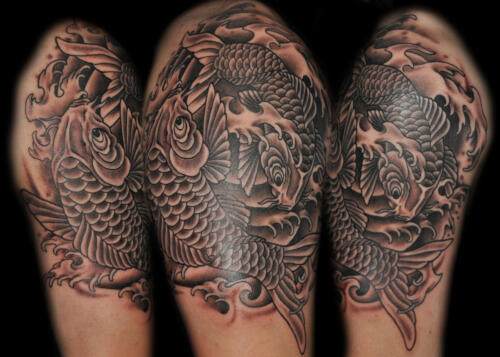
Tattoo trends have evolved significantly over time, reflecting changes in society, culture, and artistic styles. Traditional tattoo designs, characterized by bold lines and vibrant colors, were popular in the early days of tattooing. These designs often featured classic symbols such as anchors, roses, and skulls.
In recent years, there has been a shift towards more modern and minimalist tattoo styles. Fine line tattoos, watercolor tattoos, and geometric designs have gained popularity among those seeking a more subtle and delicate aesthetic. Tattoo artists are constantly pushing the boundaries of creativity and innovation, experimenting with new techniques and styles to create unique and visually stunning tattoos.
The Psychology of Tattoos: Exploring the Emotional Connection to Body Art
Tattoos have a deep psychological and emotional significance for many individuals. They serve as a form of self-expression, allowing people to communicate their identity, beliefs, and values to the world. Tattoos can also be a source of empowerment, helping individuals reclaim their bodies and express their true selves.
For some, getting a tattoo can be a cathartic experience, providing a sense of healing and closure. Tattoos can serve as a way to commemorate overcoming personal struggles or traumatic experiences. They can also be a form of self-acceptance, allowing individuals to embrace their bodies and celebrate their uniqueness.
Beyond the Surface: The Healing and Therapeutic Benefits of Tattoos
Tattoos have been used in therapeutic settings to promote healing and self-acceptance. For survivors of trauma or those with chronic illnesses, tattoos can serve as a powerful tool for reclaiming their bodies and expressing their resilience.
In recent years, organizations such as the P.INK (Personal Ink) Project have emerged, connecting breast cancer survivors with tattoo artists who specialize in creating realistic nipple tattoos. These tattoos help survivors regain a sense of wholeness and femininity after undergoing mastectomies.
Tattoos can also be used in therapy settings to promote healing and self-expression. Art therapy programs often incorporate tattooing as a means for individuals to explore their emotions and tell their stories through body art. The act of getting a tattoo can be a transformative experience, allowing individuals to take control of their bodies and create something beautiful out of their pain or struggles.
The Future of Tattooing: Advancements in Technology and Innovation
The tattoo industry is constantly evolving, with advancements in technology and innovation shaping the future of tattooing. One area of advancement is in tattoo ink, with new formulations being developed that are longer-lasting and more vibrant. There are also ongoing efforts to create biodegradable tattoo ink, reducing the environmental impact of tattooing.
Advancements in tattoo equipment have also made the process more efficient and comfortable for both the artist and client. Tattoo machines are becoming more precise and ergonomic, allowing for greater control and reducing the risk of discomfort or injury.
As technology continues to advance, there is also the potential for new techniques and styles to emerge. 3D tattoos, for example, are becoming increasingly popular, creating the illusion of depth and dimension on the skin. The future of tattooing holds endless possibilities for creativity and innovation.
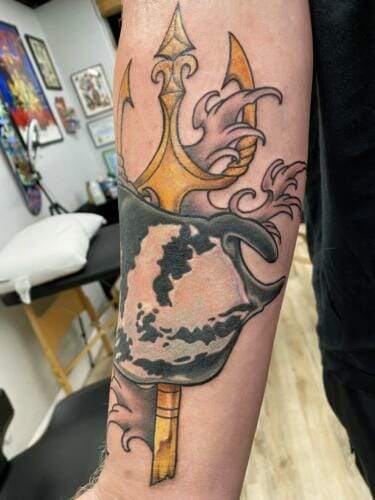
Turning Dreams into Reality: The Transformational Power of Tattoos
In conclusion, tattoos have a profound transformational power as a means of self-expression and personal storytelling. They allow individuals to turn their dreams and imagination into permanent works of art on their skin. Tattoos have a rich history and cultural significance, serving as a form of self-expression in various cultures throughout time.
The process of turning dreams into tattoos involves collaboration between the tattoo artist and client, with communication being key to ensuring that the final design aligns with the client’s vision. Symbolism plays a significant role in tattoo design, allowing individuals to convey personal meaning and emotion through their tattoos.
The role of the tattoo artist is crucial in bringing a client’s vision to life. Finding the right artist who possesses creativity, technical proficiency, and communication skills is essential. It is important for individuals to find inspiration for their tattoo designs and create a clear vision before beginning the process.
Personalized tattoos hold a special significance, serving as a reminder of important life events, people, or beliefs. Tattoo trends have evolved over time, reflecting changes in society and artistic styles. Tattoos have a deep psychological and emotional significance, serving as a form of self-expression and empowerment.
Tattoos can also have therapeutic benefits, promoting healing and self-acceptance. The future of tattooing holds endless possibilities for creativity and innovation, with advancements in technology and ink formulations shaping the industry.
In the end, tattoos have the power to transform individuals’ lives by allowing them to express their true selves and share their stories with the world. They are a testament to the human desire for self-expression and the power of art to transcend boundaries.


